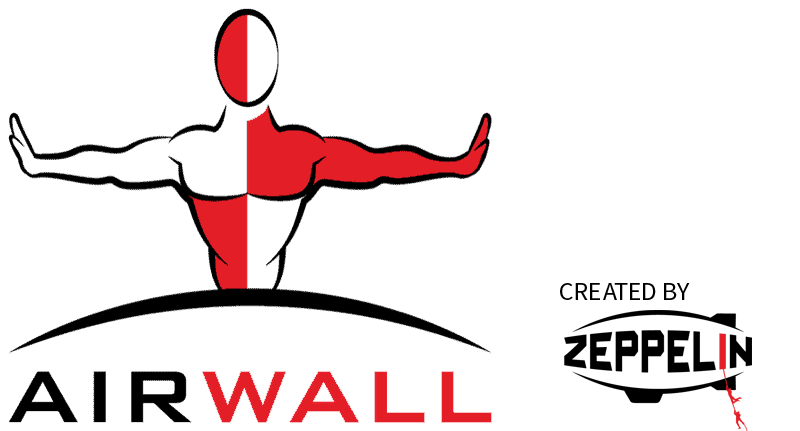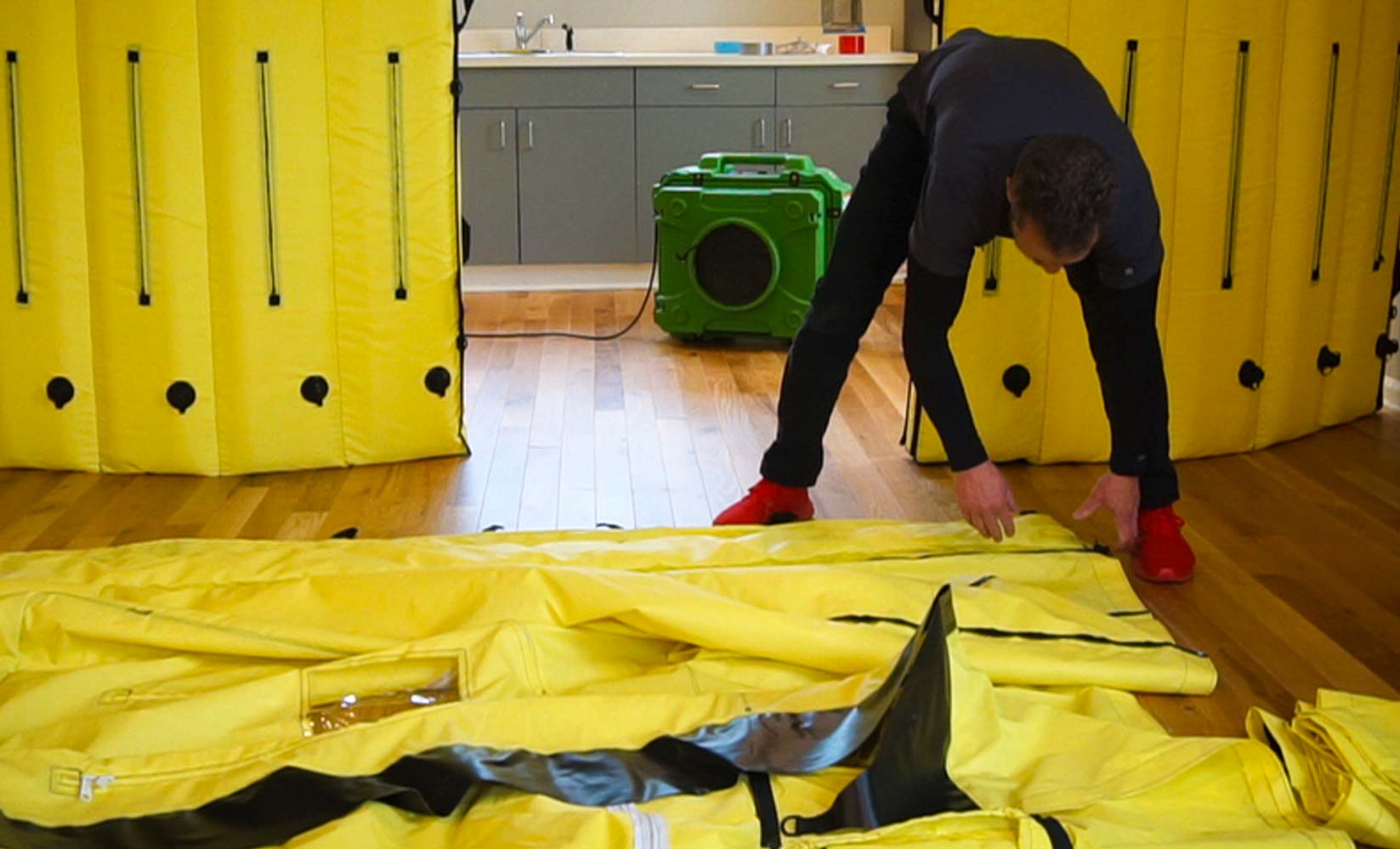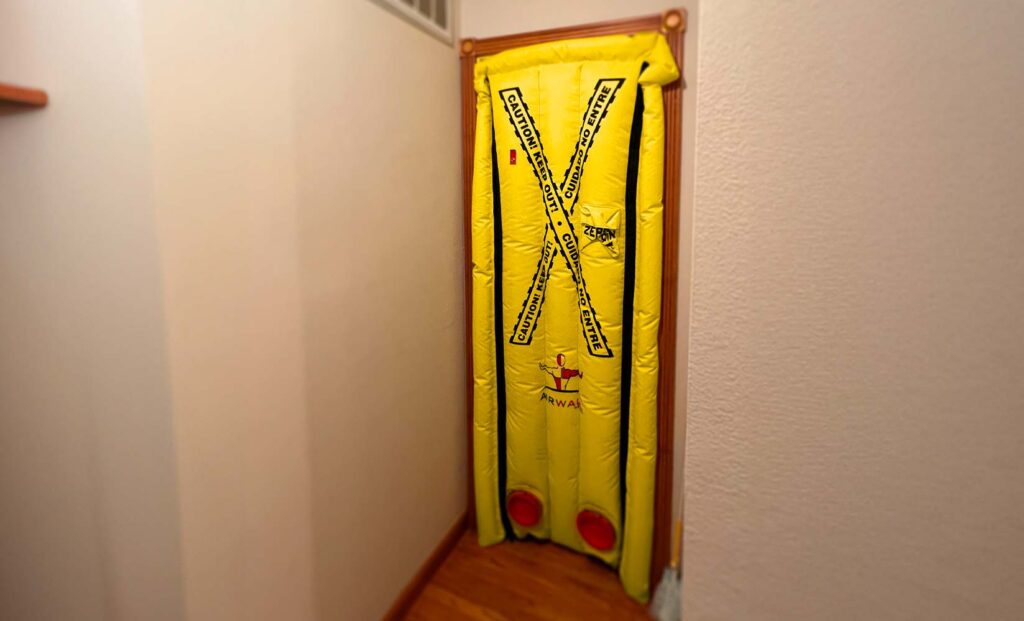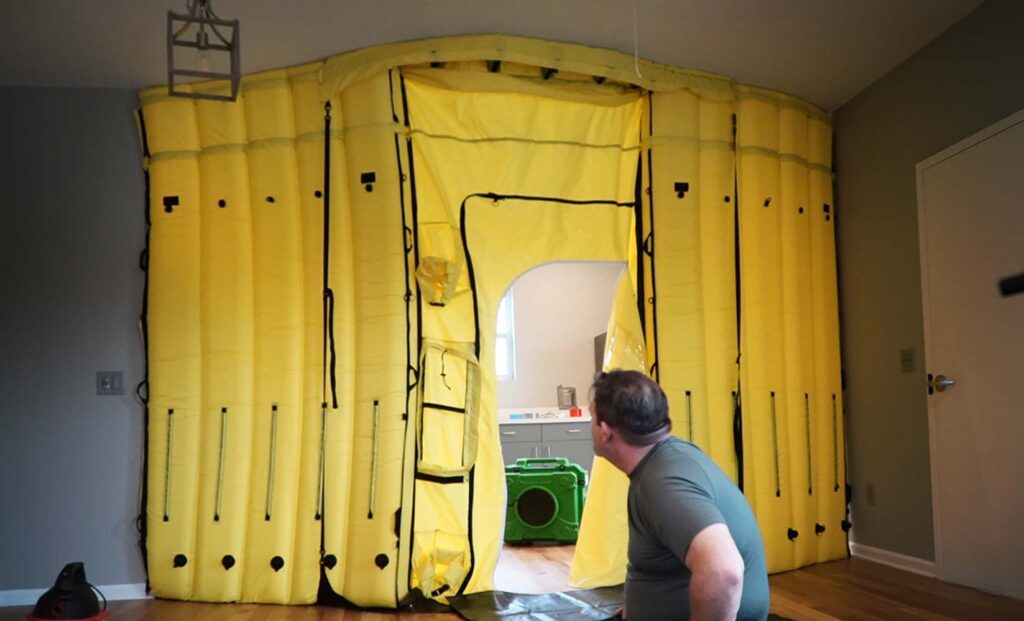In the United States, properties facing water damage often turn to restoration companies for assistance in rebuilding and cleaning. Customers place their trust in these operations to swiftly and efficiently address the aftermath of water damage. An effective strategy to reduce losses and overhead costs in those situations involves prioritizing quick and efficient drying time, and this is where air-containing equipment, specifically airwalls, can play a pivotal role. In this article, we explore three compelling reasons to invest in the use of airwalls in water damage restoration.
Expedited Project Completion
Smaller, segmented spaces contribute to quicker results in water damage restoration. The primary objective is to reduce humidity quickly, allowing restoration workers to efficiently address the water damage and initiate the rebuilding process. Airwalls come into play by effectively sectioning off areas, enabling specialists to contain moisture and extract water efficiently from walls and floors. By employing air-containing equipment, the spread of moisture is restricted, facilitating a faster and more streamlined restoration process.
Enhanced Equipment Efficiency
Moisture lingering in walls can lead to material deterioration, potentially increasing the effort required for restoration. While dehumidifiers are essential for pulling out excess humidity, their effectiveness is limited in massive spaces, requiring more units to cover the entire area. To optimize drying time, utilizing plastic sheets and air chambers to isolate specific sections proves advantageous. This approach allows drying devices to focus on a designated area, enhancing their efficiency and expediting the restoration task.
Mitigation of Hazardous Spread
Excess moisture, coupled with organic materials, creates an ideal environment for mold growth. Without proper containment measures, fungal spores can rapidly reproduce, leading to contamination. Airwalls play a crucial role in limiting air space and movement within an affected area, preventing the spread of mold and other contaminants. By containing the impacted zone, restoration professionals minimize the risk of additional rooms being affected, reducing the need for extensive cleanup procedures and ultimately saving time and costs for property owners.
Customers value timely and expert completion of restoration projects. By prioritizing drying time through the use of airwalls, restoration companies gain a competitive edge in minimizing contamination, expediting cleanup processes, and ensuring high-quality results. This focus on efficiency not only meets customer expectations but also establishes a reputation for reliability and effectiveness in the water damage restoration industry.
Investing in Airwall technology proves to be a strategic move for restoration companies seeking to optimize their processes. The benefits, including expedited project completion, enhanced equipment efficiency, and mitigation of hazardous spread, make Airwalls a valuable asset in the arsenal of tools used to address water damage effectively and efficiently.





